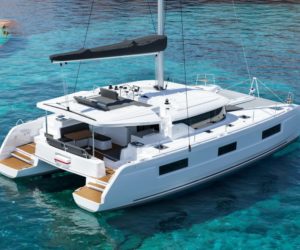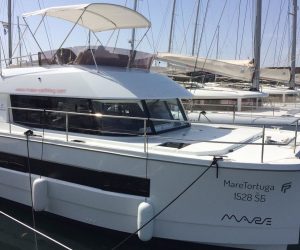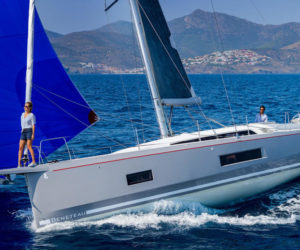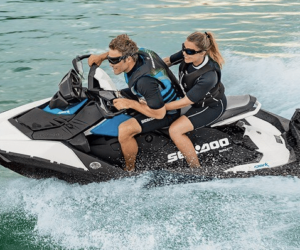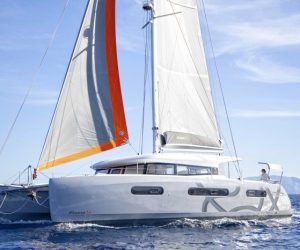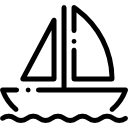The fascination of sailing
The fascination of sailing

Eine Verbindung zur Natur
Beim Segeln ist man in ständiger Interaktion mit den Elementen: dem Wind, dem Wasser und dem Wetter. Diese Nähe zur Natur bietet eine einzigartige Erfahrung, die nur wenige andere Aktivitäten bieten können. Das sanfte Plätschern der Wellen, das Rauschen des Windes in den Segeln und das Gefühl der Freiheit auf dem Wasser schaffen eine unvergleichliche Verbindung zur Umwelt. Segeln ermöglicht es, die Schönheit und Kraft der Natur hautnah zu erleben und sich von ihrem Rhythmus leiten zu lassen.
Freedom and adventure
Sailing is the epitome of freedom and adventure. The ability to detach yourself from the shore and move across the water with only the help of the wind epitomises a special form of independence. For many sailors, it is a dream to discover distant shores, experience new cultures and explore unknown waters. Whether it’s a short trip on a nearby lake or a round-the-world voyage lasting several months – every journey on the water offers the chance of unforgettable experiences and exciting challenges.
Teamwork and camaraderie
Sailing is often a team sport in which cooperation and trust between crew members are crucial. On a sailing boat, everyone takes on a specific role and only through perfect teamwork can the boat be steered efficiently and safely. This dynamic fosters a strong bond and a deep sense of camaraderie. The joint efforts and shared successes weld the crew together and create a unique team dynamic that extends far beyond the boat.
Technical fascination
The technique of sailing is both complex and fascinating. From choosing the right sails to precise navigation and understanding weather conditions, there is always something new to learn. Modern sailboats are often sophisticated machines that combine advanced technology and precision engineering. This technical dimension of sailing both challenges and encourages analytical thinking and problem-solving skills.
Rest and relaxation
Away from the daily hustle and bustle, sailing offers a wonderful opportunity to relax. The calming motion of the boat, the gentle lapping of the water and the expanse of the horizon create an atmosphere of serenity and tranquillity. Many people use sailing as a form of meditation or as a way to escape the stress of everyday life. The simplicity of life on the water helps you to focus on the essentials and savour the little moments in life.
Sporting challenge
Sailing is also a physically and mentally demanding activity. Steering the boat, setting and hoisting the sails and reacting to changing wind and weather conditions require skill, stamina and concentration. Regatta sailing also brings with it the thrill of competition, where strategy, tactics and speed are required. This sporting component makes sailing a dynamic and exciting challenge for people of all ages.
Historical and cultural significance
Sailing has a rich history and a deeply rooted cultural significance. For thousands of years, people have used sailboats to trade, discover new worlds and wage war. These traditions and stories are reflected in many aspects of modern sailing, from the construction of the boats to the rituals and customs on board. Sailing connects us to our past and preserves a valuable cultural heritage.
Our summary
Sailing is a special activity that inspires people through its connection to nature, the sense of freedom and adventure, the need for teamwork, the technical complexity, the opportunities for relaxation, the sporting challenge and the rich history. Whether as a hobby, sport or lifestyle, sailing offers a wealth of experiences and opportunities that enrich life and make it unforgettable. Once you have set sail, you will understand why so many people are drawn to this extraordinary experience.

